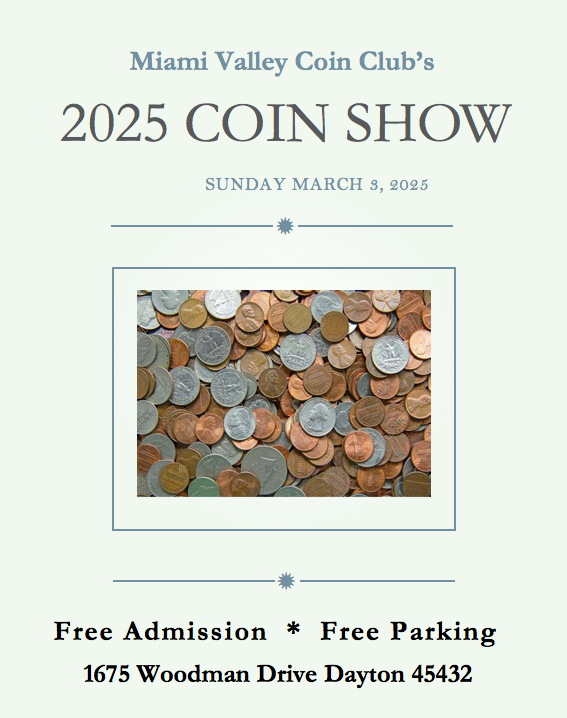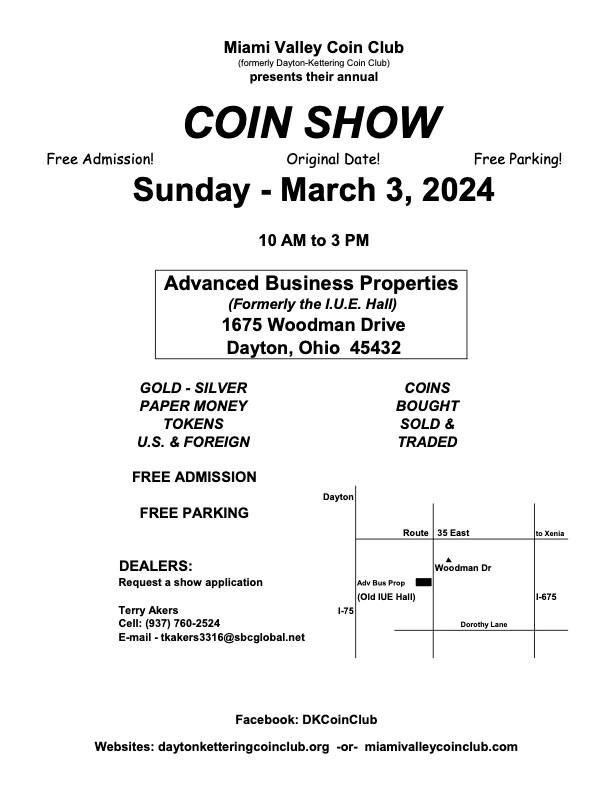U.S. Army Bicentennial
On June 14, 1775 the Continental Army was formed to fight for our country’s independence. Of the 6 branches of our armed forces, the army is the oldest and the largest.
In 1975, the Mint produced a 3-inch bronze medal to celebrate the Army’s bicentennial.

1925 Lexington Commemorative

Saturday, April 19th, is the 250th anniversary of “The Shot that was Heard ‘Round the World”, the beginning of 13 colonies fight for freedom from King George III and England. The battle kicked off the American Revolutionary War.
Tensions had been building for many years between residents of the colonies and British authorities. The night before, hundreds of British troops marched from Boston to Concord in order to seize the colonists’ weapons cache. Paul Revere, and other Sons of Liberty, began their famous rides, giving the colonists time to mobilize against the British. The signal was to be one lantern in the Old North Church if the British were coming by land, and two lanterns if they were coming by sea.
The fighting started off on the Lexington town green, and even today no knows who shot first. When the shooting stopped, eight militiamen lay dead, nine more were wounded. Only one British soldier was wounded.
The British continued on to Concord but the weapons had already been relocated. The militiamen hurried to Concord’s North Bridge and began trading volleys with British soldiers. It wasn’t long before the British troops beat a hasty retreat.
President Calvin Coolidge authorized the 1925 Lexington Commemorative, which celebrates the Sesquicentennial of the battles at Lexington and Concord. The obverse features a Minuteman soldier with his rifle, the reverse features the Old Belfry at Lexington, Massachusetts. 162,099 were struck and only 86 were not sold or distributed.
Trump Considers Selling Fort Knox Gold
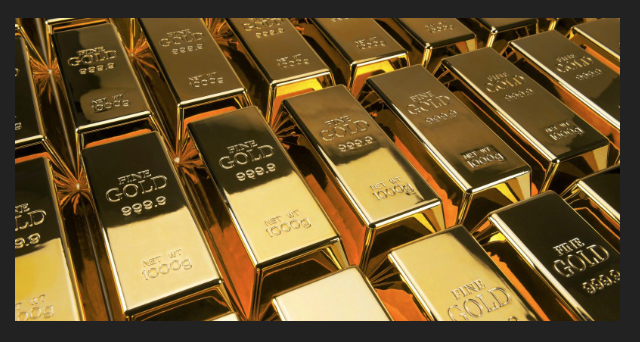
With gold reaching just over $3,110 per ounce, President Trump is considering sell all of the gold in Fort Knox, this according to an Associated Press report.
At present, America’s reported holding in gold is 8,133.46 metric tons. One metric ton is equal to 35,274 ounces. That comes to 286,899,668.04 ounces, or at today’s price of gold, $892,257,967,604.40.
What would happen to the price of gold if that many ounces came onto the market?
DOGE vs. the Penny
Elon Musk and the Department of Government Efficiency may be taking aim at eliminating the one-cent piece.
In a post on X, DOGE highlighted the penny’s mounting cost of production. In recent years there have been many discussions about eliminating the production of our one-cent piece. Now, DOGE is taking an interest.
In 2023, the Mint produced 4.5 billion pennies at a cost on $86 million. That comes to about $0.02 to produce each penny. (Nickels added another $93 million to the cost, or $0.065/each.) The penny’s unit cost to produce rose 12.9% in 2023.
Other countries, including Canada and Sweden have stopped producing one-cent coins:
- Canada in 2012
- Sweden in 1971
- Switzerland in 2006
- Bahamas in 2014
- Jamaica in 2012
A 2020 survey found that 58% of people agreed that new penny production should cease. Is our one-cent coin collecting coming to an end?

1813 Australian Holey Dollar & Dump
Two hundred years ago, Australia stamped its first distinctive Australian coins. The NSW Government took 40,000 Spanish silver dollars (equal to £10,000) and punched a hole in the center to create their coinage, using both the holed coin (dubbed the holey dollar, equal to 5 shillings) and the punched out center (known as the dump, equal to 15 pence).
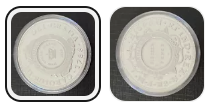
The official coiner was William Henshall. He was a former convict who had been transported to Great Britain’s penal colony, Australia, for of all things counterfeiting Bank of England dollars. His sentence was 7 years transportation.
It was supposed to take three months to accomplish but ended up taking twelve. The 1813 “dollars” didn’t enter into circulation until 1814. While Henshall was working in Sydney, the same idea was going on in Prince Edward Island, Canada. So there are also holey dollars and dumps from Canada.
NSW began recalling holey dollars and dumps in 1822 and the coinage was finally demonetized 1n 1829. They were melted down and sold to the Bank of England as bullion.
In 2013, the Royal Perth Mint issued a commemorative set of holey dollars and dumps, made out of aluminum and bronze, and valued at 1 dollar.

Today, there are about 300 holey dollars and 800 dumps that are original and survive.
4 Quarters w/Washington on Both Sides
There are two 50 State Quarters with George Washington pictured on both sides, the 1999 New Jersey quarter (the reverse with the famous painting by Leutze “Washington Crossing the Delaware”) and the 2006 South Dakota quarter (the reverse depicting Mount Rushmore).
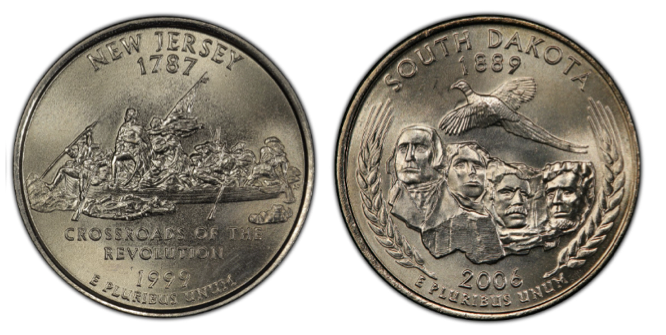
The third example is the one-year type 2021 Washington Crossing the Delaware quarter. The Mint issued this quarter as a stopgap between the final ATB Quarters and the 2022 American Women Quarters. It also happened to be the 224th anniversary of Washington’s 1776 crossing.
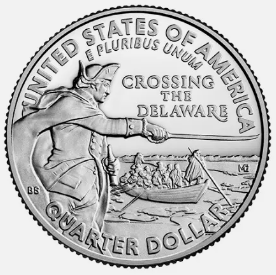
The last example is the 2013 ATB Mount Rushmore Quarter. Once again the reverse shows the portraits of the Presidents as they were being carved onto the mountain.

Other coins with double depictions include two of the special 2009 Lincoln Cents (“Formative Years” and “Professional Life”), the 1934-1938 Boone Commemorative Half Dollar (Boone on both sides), the 1900 Lafayette Dollar (Lafayette on both sides).
Scrip: An Alternative for Legal Tender
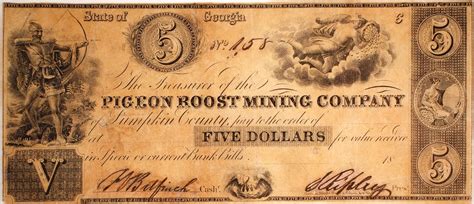
Scrip was issued by State, County & City municipalities or private merchants or other businesses. It was issued not only by mining companies, but also by industrial giants. Scrip was not legal tender and was usually issued in denominations less than $1 during times of financial stress (when coins were hoarded and unavailable) to help businesses make change for their transactions. In general, this scrip was only accepted locally.
Most scrip issues happened during the Great Depression, approximately 1932 to 1938. Scrip was issued by a company to pay its employees and usually could only be exchanged in company stores owned by the employers. Doing so would allow the companies to avoid paying taxes and other costs associated with paying employees in cash. Often the scrip was worth less than actual currency, forcing employees to shop where prices were inflated and quality was poor. Often left with no money by the end of the week, it made it impossible for employees to leave the company and find other work.
Fair Labor Act of 1938 prohibited employers from paying employees with scrip and required workers to be paid in actual currency.
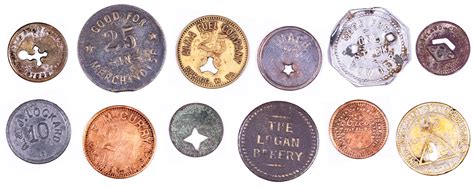
There are many ways to collect scrip:
- By location
- By theme
- By denomination
- Use your imagination
Despite the 1938 law, scrip is alive and well today, if you take the time to recognize its different forms:
- Gift cards
- Local currencies
- Coupons
- Vouchers
A Different Collecting Idea – Sample Slabs
What are sample slabs? They are grading slabs from different grading companies that usually contain a coin that is ungraded with the word “SAMPLE” on them. Grading companies sometimes give away slabs that include inexpensive modern coins to demonstrate their products, to show new features, or as gifts. These slabs are used to serve a triple purpose:
- To show collectors what the new type slabs look like.
- To build excitement about the unveiling of a grading company’s newest slabs.
- To serve as a limited-edition memento.

There is even a book by David Schwager, Sample Slabs, in its 2nd edition (an updated 3rd edition is in the works). It is available in an electronic copy (sampleslabs.info) There is even a website for collectors you can check out, www.sampleslabs.com.
Sample slabs are typically given away at coin shows and special grading company events. Websites like eBay and Instagram are the best secondary markets to acquire these slabs. Prices vary widely from about $10 to $100’s and even $1000’s depending on the coin in them.
The Intriguing “Horseman” Gold Coin
George C. Baldwin and Thomas S. Holman went into the minting business at the height of the California gold rush. In 1850 they hired premier designer Albert Kuner to design their new coins. One f the gold coins he designed was the $10 “Horseman” or “Cowboy”.

It is unknown how many of the coins were struck, but few have survived due to a scandal that took place in March of 1851. It was determined that the coins were underweight, their true value was only $9.74.
As a result, people refused to accept them in commerce. The odd thing is Philadelphia Mint assays done in 1851 found that several other private minting companies’ coins, including Moffat & Co., Dubosq & Co., and Dunbar & Co. also were underweight.
Faceless Banknote
In the Democratic Republic of the Congo, once known as Zaire, the government of Joseph Mobutu was defeated in 1997. The new government was not about to use banknotes with his face on them, so they punched out Mobutu’s face on the notes and continued to use the notes until new ones could be printed. You can still find these notes in online auctions.
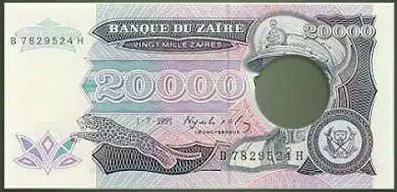
July Meeting Reminder
The first Thursday in July is the 4th so there will be no meeting that evening. The meeting is being rescheduled for Thursday, July 11th instead. We hope to see you then and meanwhile, have a great 4th of July.
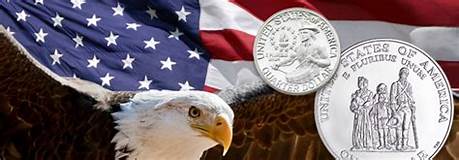
1982-P Jefferson Nickels: An Uncirculated Rarity?
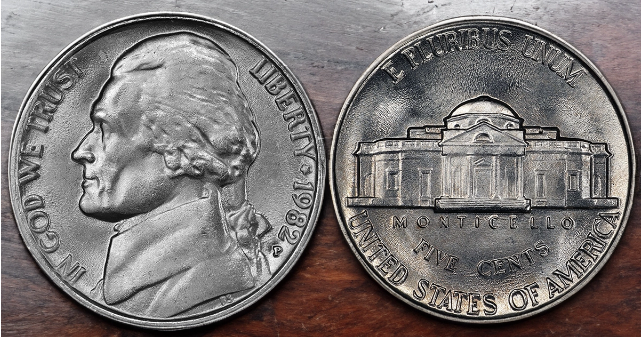
Starting in 1982, the U.S. Mint took a two-year hiatus on producing uncirculated coin sets. The exceptions are the number of nickels the Mint packaged into souvenir sets sold at the Philadelphia and Denver Mints.
In total, the Philadelphia Mint struck 292,355,000 nickels in 1982, the third year that a “P” was placed on the obverse of the nickel. Any uncirculated 1982-P nickels survived due to collectors setting them aside. It would be unlikely that more than two or three million 1982-P nickels were set aside.
1982-P nickels, in XF or Au grades, sell for about $1.50. These nickels graded in MS67FS are trading in the $1,500 to $4,000 range. If you own an uncirculated 1982-P Jefferson nickel, it might be worth your while to get it graded.
June Meeting

Our next meeting is fast approaching! It’s this coming Thursday evening at 7pm at the usual place, St. Marks Church, 456 Woodman Dr.
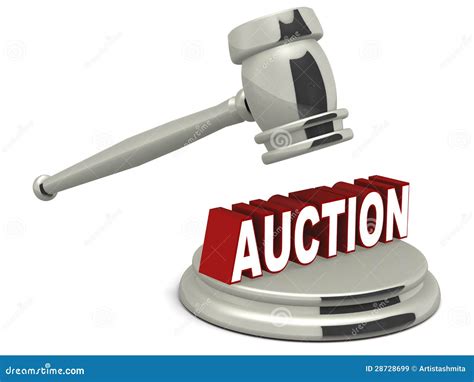
Club auction at 8pm after the meeting. Buy or sell with no added fees.
Convenience: The End of Coin Collecting?
Society is, and always has been, guided by convenience. The human race continuously is, and always has been, guided by the search for ease and instant gratification. In other words shortcuts.
Take fast food for instance. Did it really start in the 20th century? It seems like a good guess. Think about the birth of franchises like McDonald’s, White Castle, and In-N-Out. But the fast food tradition started much farther back in time, long before America was founded. Excavations of the ancient city of Pompeii have revealed that the Romans of that day had businesses known as thermopolia, or their day fast food restaurants, that sold prepared meals to be carried home.
Today we have numerous fast food choices, numerous drive-thru services, and even prefab homes. You don’t have to go to the restaurant; you can call Grubhub or Uber Eats and have your meal delivered to wherever you happen to be. Your groceries can be ordered online and delivered directly to your home.
So how is modern day convenience affecting our coin-collecting hobby? People are shying away from using cash. A majority of companies now pay employees with direct deposit. We then pay our bills online with credit or debit cards, never actually touching any physical money. When was the last time you went to the post office and bought stamps?
I went to a doctor recently and when I tried to pay the bill with money, I was told that the office didn’t accept cash. Really???
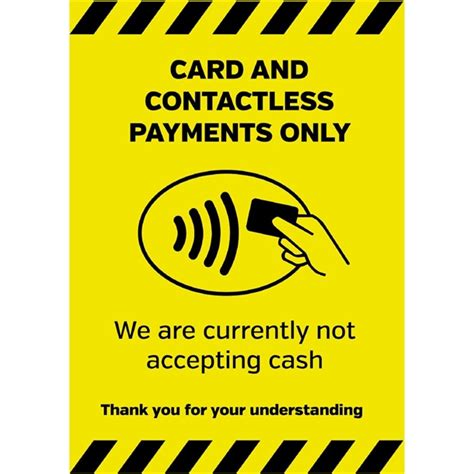
How long before governments stop issuing hard coins and currency entirely? What will be left for coin collectors to collect? There is already talk of ending the denominations of cents and nickels. More than one country has already done so (think Canada). 2019 statistics from Iceland report that less than 10% of their retail transactions are done with cash. Which country is next? What is the next coin-collecting generation going to collect? Emailed receipts?
Wouldn’t that be “Convenient”?
Dual-Dated Coins Suggested for 2026
Just as was done for our Bicentennial (the minting of quarters dated 1776-1976), it has been suggested that the Mint issue dual—dated Lincoln cents and Jefferson nickels for our semiquincentennial 250th anniversary celebration in 2026.
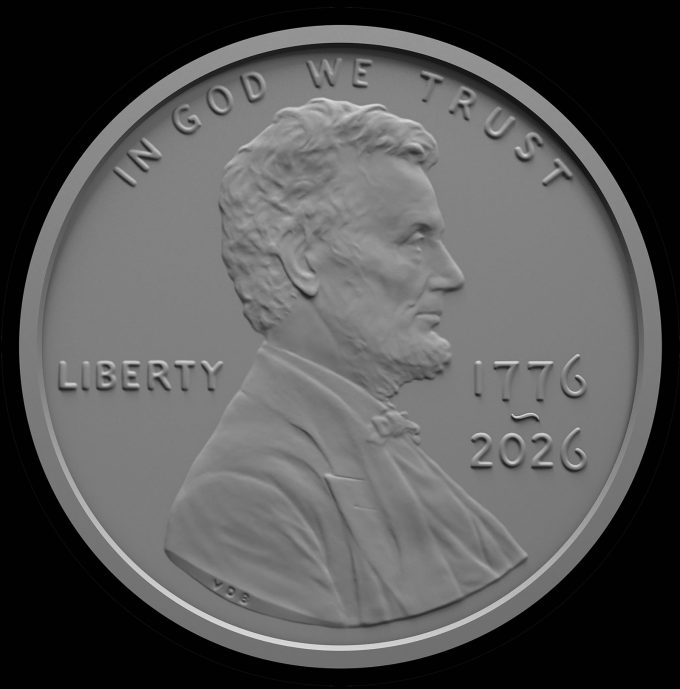

Will Any Modern Coins Ever Appreciate in Value?
Believe it or not, the answer is YES! Take the U.S. Mint’s State Quarters for instance, namely the ones released in the year 2000. These would include Massachusetts, Maryland, South Carolina, New Hampshire, and Virginia.
Did you collect state quarters? If so, you may have some real treasures. The PCGS website lists the 2000-P Massachusetts, in MS-69 grade, at a whopping $7,000. The 2000-D is listed at $9,000 and the 2000-P South Carolina lists for $8,000.
Granted, a MS-69 is nearly a perfect coin, but could any of yours grade that high? If so, everyone who thought collecting these quarters was a waste of time and resources is in for a shock. Makes you want to dig through those quarter stashes, doesn’t it?
Also, some from 2001 are listed in the four-figure range, particularly the North Carolina, the Rhode Island, and the Kentucky quarters struck at the Philadelphia Mint. You might want to take a closer look at quarters from these two years again.
Even some of the quarters from other years have values that would surprise you.
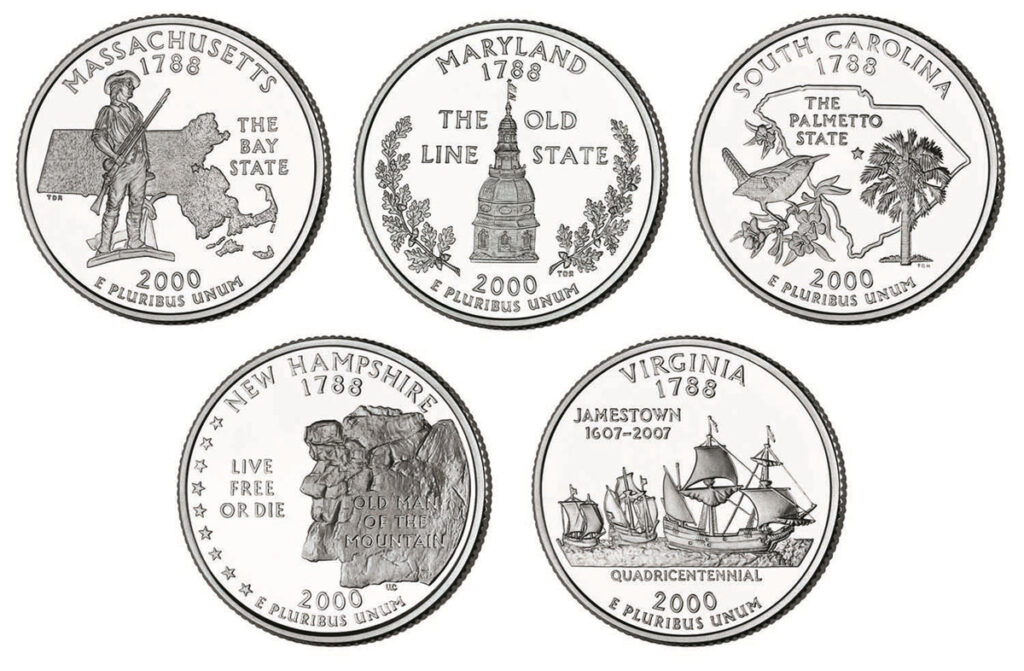
The Most Valuable “Common” Coins to Collect
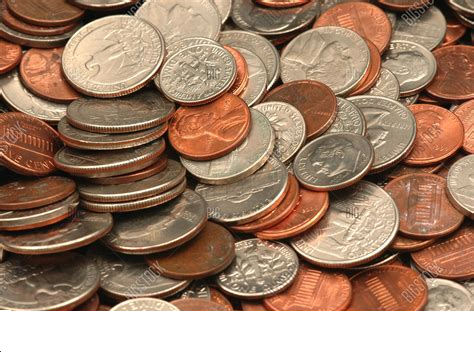
Lincoln Wheat Cents:
These were minted from 1909-1958 and are worth at least $1, or 100 times their face value.
Indian Head (Buffalo) Nickels (1913-1938):
Most well-worn and dateless Indian Heads (Buffalos) are still worth $1 each. Well-worn Buffalos with dates are usually worth $2 or more. Even at only $1 each, that’s 20 times face value.
Jefferson War Nickels (1942-1945):
These nickels, minted during World War II, contain 35% silver. At worst they are worth $1.30 each (melt value). That’s 26 times face value. These nickels are sought out due to their silver content.
Mercury Dimes (1916-1945):
Silver dimes are ALL valuable, Mercury dimes are especially so. Although not very commonly found in circulation any more, if you find one, keep it. Even in worn condition, if they have a date, they can be worth $4-$5 dollars each. That’s 400-500 times their face value. Their melt value is $1.67 each (almost 17 times face).
Roosevelt Dimes (1946-present):
Pre-1965 silver Roosevelt dimes, with a date, are usually worth at least $3 each (300 times face). Not a common find in circulation these days, they are sometimes found and like Mercury dimes, have a melt value of $1.67 each.
Silver Washington Quarters (1932-1964):
Well-worn silver Washington quarters are still worth between $6-$10 dollars. Melt value of a silver quarter is $4.17. That’s 24-40 or 16 times face respectively.
Collecting only by date and mintmark isn’t the only way to collect coins. Pick one or more of the coin series above and collect simply for value alone.
Clubs and Associations
- American Numismatic Association
- American Numismatic Society
- British Numismatic Society
- Central Ohio Numismatic Association
- Central States Numismatic Society
- Florida United Numismatists
- Numismatic Society of India
- the Cincinnati Numismatic Association
- The Royal Canadian Numismatic Association
- The Royal Numismatic Society
Coin Links
- Boy Scouts Merit Badge
- Buffalo Nickels
- Bureau of Engraving and Printing
- Calculate your coin's gold, silver, or metallic worth
- Coins & Currency in Colonial America
- David Lawrence Rare Coins Reference Library
- Dayton Metro Library – Coin Books
- Fixing PVC damage
- Indian Head Cents
- Legandary Coins and Currency from the Smithsonian
- Medalblog
- Mints of the World
- Monnaie de Paris
- NapoleonicMedals.org
- raregoldcoins.com
- Royal Canadian Mint
- Smithsonian Institution Collection
- Starting a coin collection
- The Kittredge Collection
- The Perth Mint
- The Pobjoy Mint
- The Princeton University Numismatic Collection
- The Royal Mint
- United States Mint
- University of Virginia Coin Collection
- Where is my coin from?
Coin News
Miami Valley Coin Dealers
Speciality Clubs
- American Tax Token Society
- Barber Coin Collectors' Society
- Dayton Diggers Metal Detecting Club
- Early American Coppers
- Encased Collectors International
- Fly-In Club
- Liberty Seated Collector's Club
- Medal Collectors of America
- National Token Collectors Association
- Numismatic Bibliomania Society
- The Bust Half Nut Club
- The Civil War Token Society
- The Colonial Coin Collectors Club
- The Elongated Collectors
- The John Reich Collectors Society
- The Society of Paper Money Collectors
- The Token and Medals Society
- Unrecognised States Numismatic Society
- Worldwide Bi-Metallic Collectors Club
